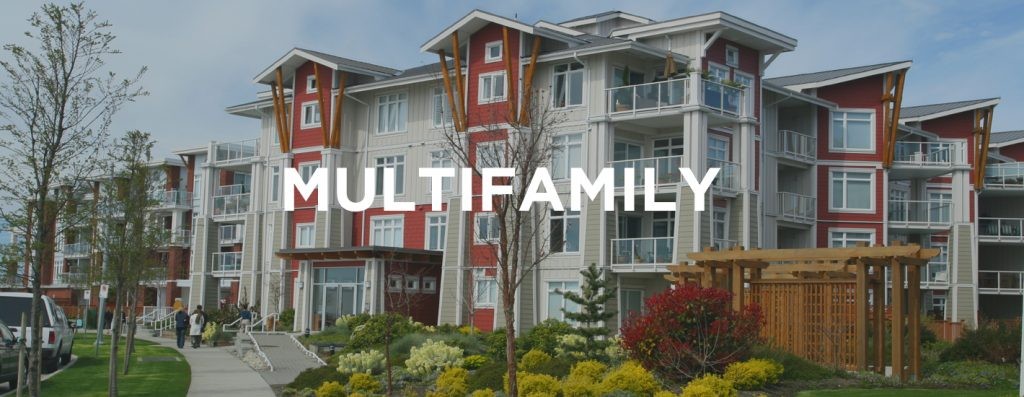In the dynamic realm of real estate, there’s often a blurred line when it comes to the classification of multifamily properties. Many investors wonder, “Is multifamily considered commercial real estate?” In this comprehensive guide, we’ll explore the nuances of multifamily properties, shedding light on their classification, characteristics, and the factors that determine whether they fall under the commercial umbrella.
Understanding Multifamily Properties:
Multifamily properties stand as a distinctive segment within the real estate landscape. These are residential buildings designed to accommodate multiple families or tenants in separate units. From duplexes to sprawling apartment complexes, multifamily properties offer diverse options for both investors and residents.
Classification of Real Estate:
The classification of real estate is typically dichotomized into residential and commercial categories. Residential properties are primarily intended for living purposes, while commercial properties are geared toward business or income-generating activities. However, multifamily properties introduce a nuanced perspective, blurring the boundaries between these classifications.
Factors Determining Commercial Classification:
The question of whether multifamily properties are deemed commercial hinges on several pivotal factors:
- Number of Units:
A significant determinant is the number of units within the property. Generally, multifamily properties boasting five or more units are classified as commercial. This delineation varies across jurisdictions and lending institutions. - Purpose and Income Generation:
The primary purpose of the property and its income-generating potential are paramount considerations. If the primary aim is generating rental income, especially surpassing the unit threshold, the property may lean toward commercial classification. - Financing and Lending Guidelines:
Lending criteria and financing mechanisms also influence classification. Multifamily properties exceeding a certain unit count may fall under commercial lending guidelines, reinforcing their classification as commercial real estate.
Benefits of Multifamily Commercial Properties:
Investing in multifamily commercial properties offers a plethora of advantages:
- Diversification of Income:
With multiple rental units, multifamily properties provide diversified income streams. This mitigates the risk associated with vacancies or rental fluctuations, enhancing stability for investors. - Economies of Scale:
The consolidation of multiple units within a single property yields economies of scale. This translates into streamlined maintenance, management, and operational efficiencies, potentially amplifying profitability. - Higher Potential Returns:
Commercial multifamily properties typically yield higher rental income compared to single-family homes. This translates into attractive returns on investment, making them an enticing option for savvy investors.
Conclusion:
In summary, the classification of multifamily properties as commercial real estate hinges on multifaceted considerations such as unit count, intended use, and financing guidelines. While multifamily properties straddle the line between residential and commercial real estate, they offer unique investment avenues for those seeking diversified income streams and robust returns. Whether you’re a seasoned investor or a novice exploring real estate opportunities, understanding the intricacies of multifamily properties is imperative for informed decision-making.


